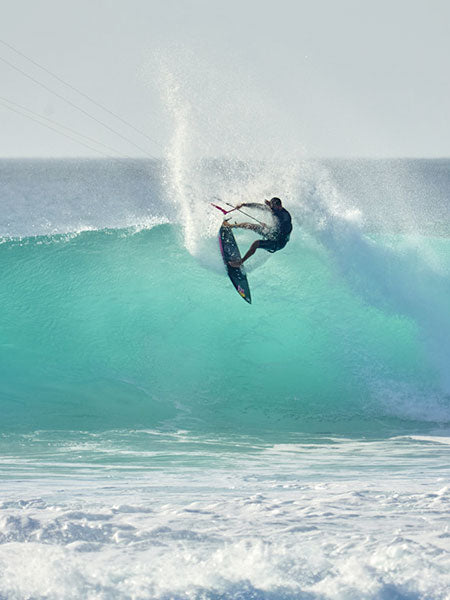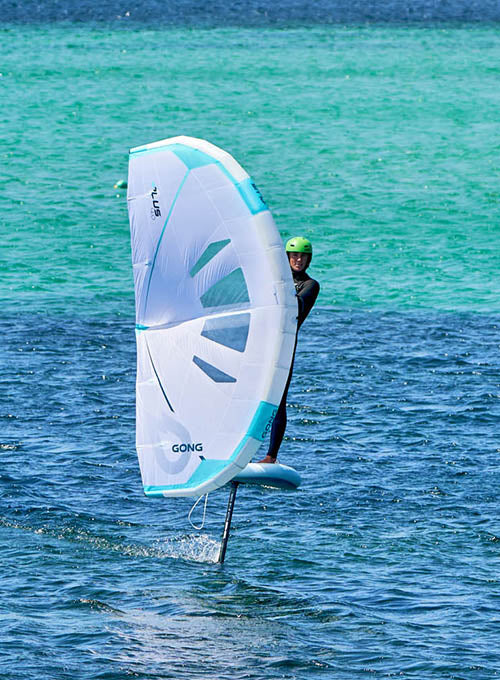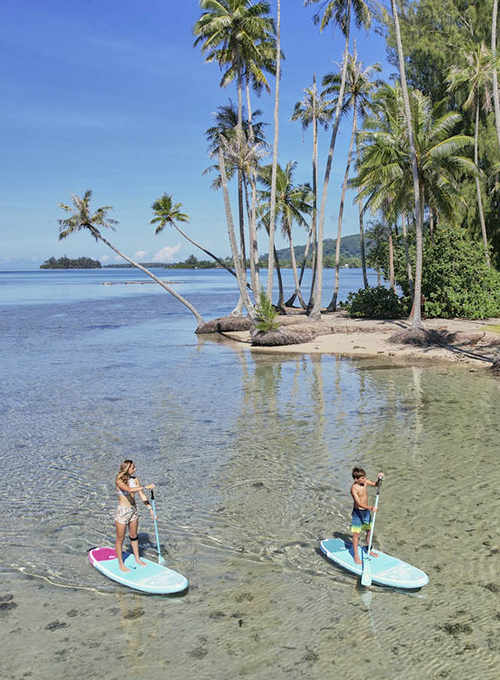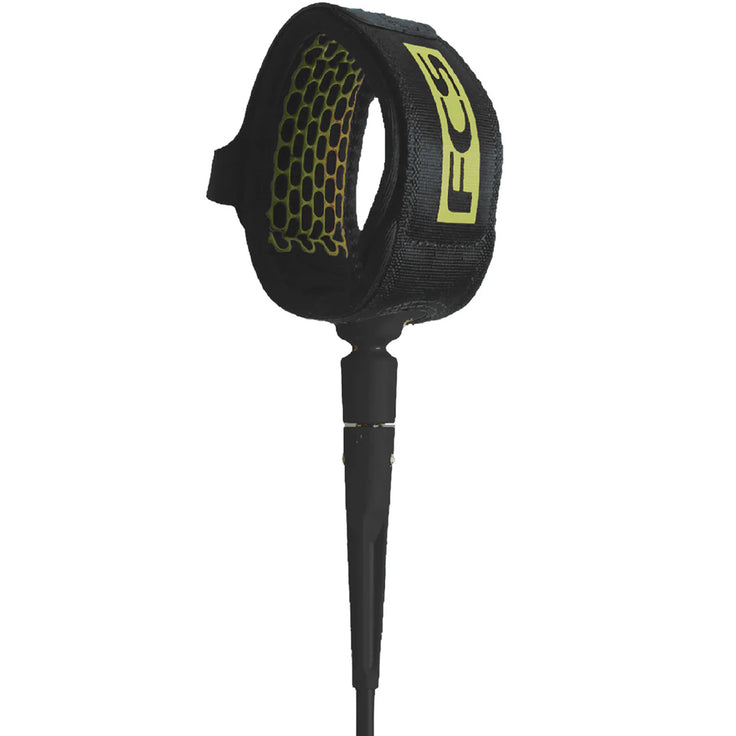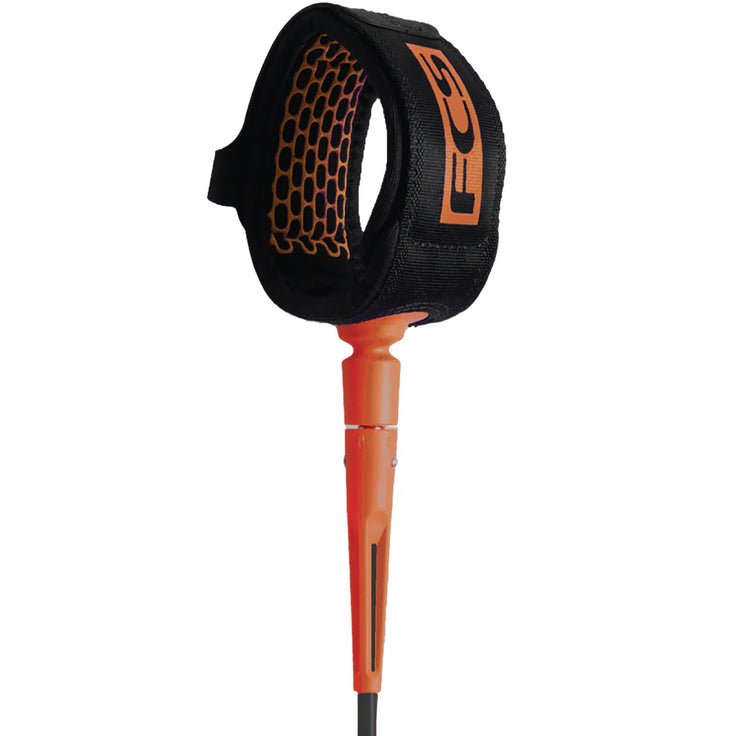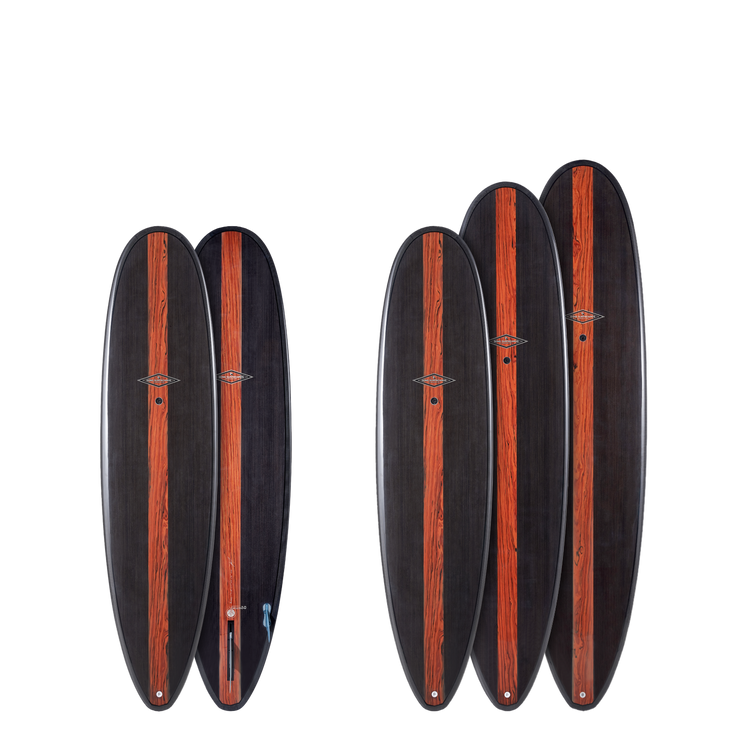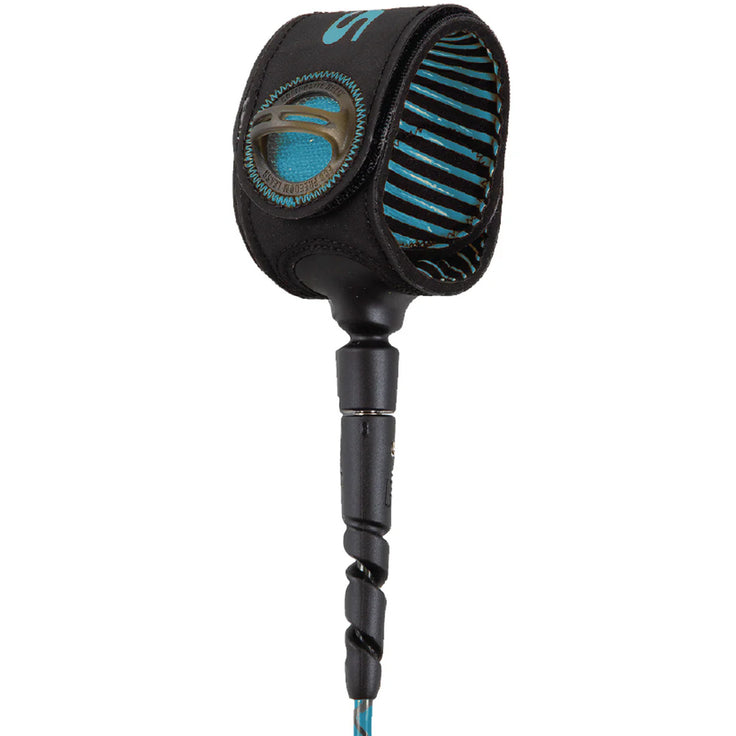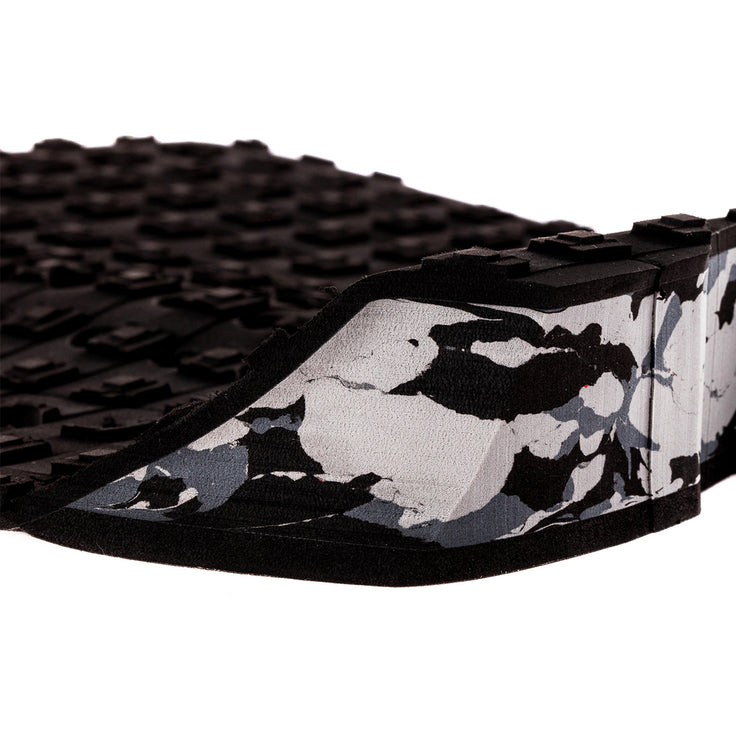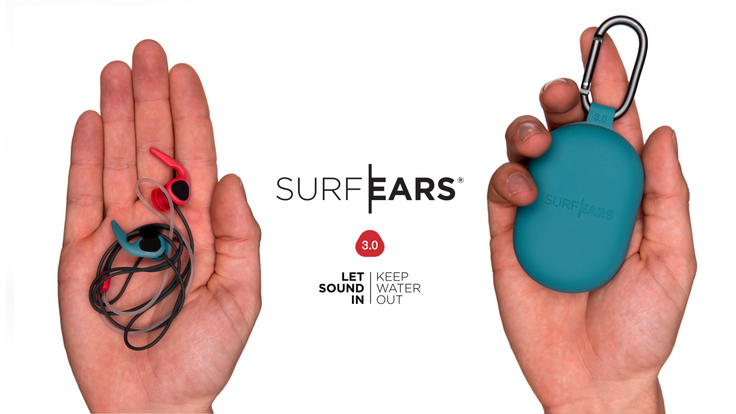HOW TO: CHOOSE A MID LENGTH SURFBOARD
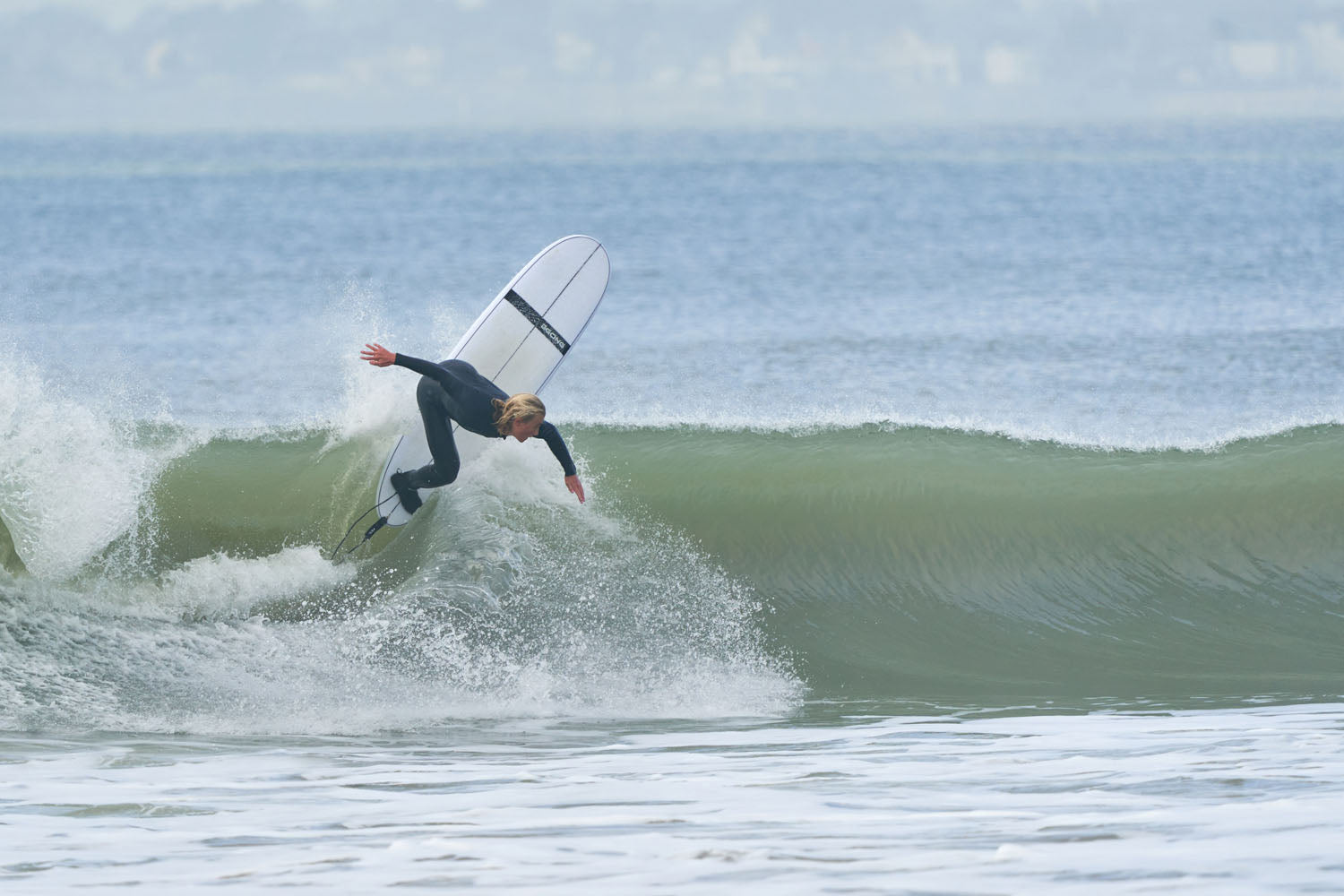
Wanted by both beginners for their comfort and evolution perspectives and by experienced surfers for their range of use or their specific program, medium surfboards exist in many forms. Let’s review their respective qualities together to guide you in your choice.
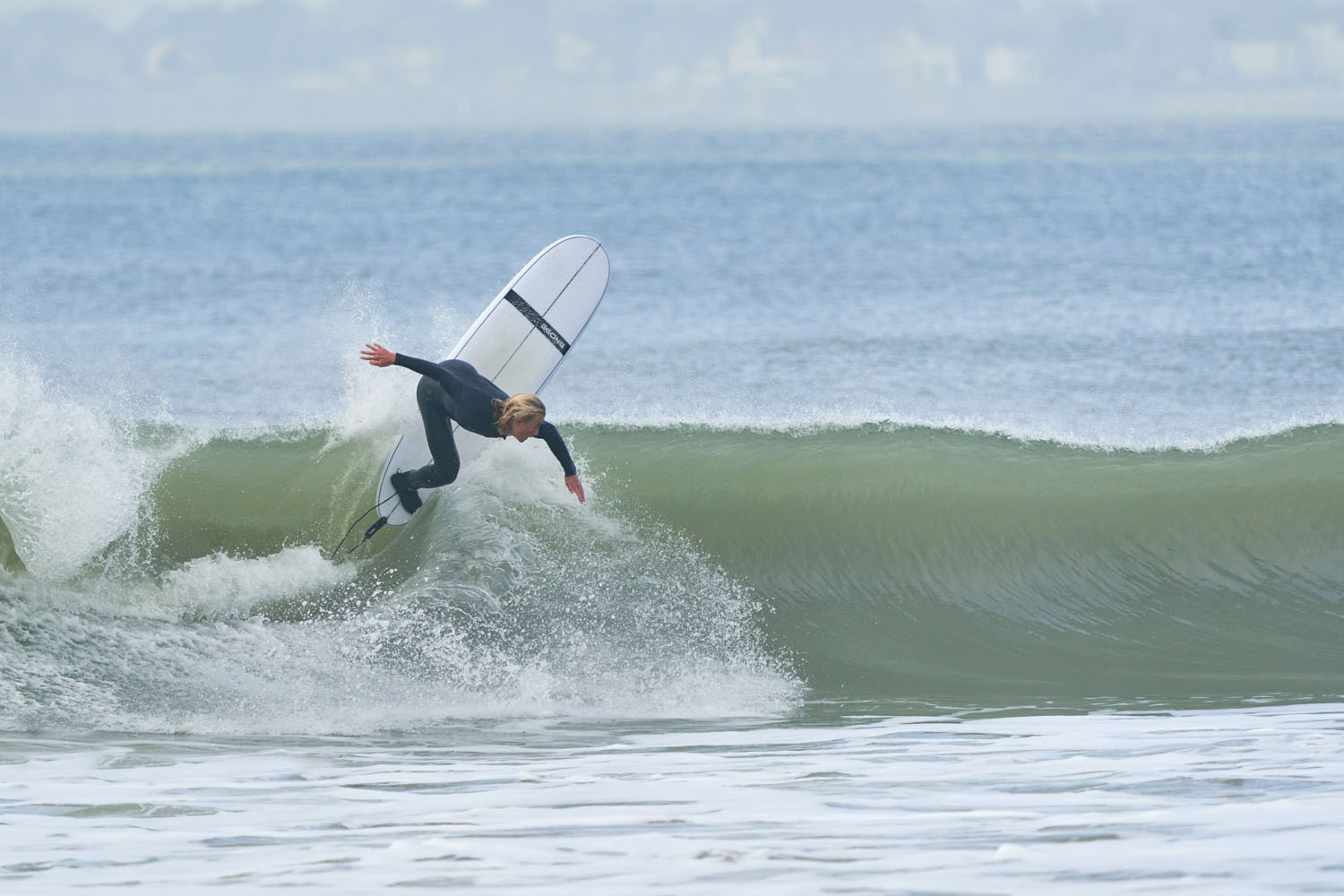
The medium boards are called mid length, because of their position between shortboards and longboards. These are relatively long boards, generally between 7″ and 8″ (6’6 to 8’11 overall) to make paddling, take-off and riding soft waves or sections easier.
But with them nothing is marked in a box for good because the possibilities are endless between shortboards and longboards.
There are, however, a few key categories:
- Boards that aim for acceleration: typically a fish, big swallow boards, and Simmons in large sizes. These are boards that will do the speeding job for you. You will just have to enjoy the curves and the maneuvers. We will often find them mounted in a twin fin set-up with beautiful keel fins, or in quad for the modern versions. These fins promote speed by strongly orienting the rail on its trajectory.
- Manoeuvrable boards that will fit naturally into the curves without finding any blocking. Overall we’re talking about all those with a round tail and very often in a tri-fin set-up, 2 + 1 (two lateral and an adjustable US central), or in twin if the hull is designed with channels to guide the flow.
- Gunny boards derived from boards with pinched tails that we will appreciate for their top speed and their ability to hold in bigger and hollower waves. These are great boards for trips because they paddle fast and they also glide on small swells. Which offers a really nice range of performances. We like them mounted with a single fin for the purity of the lines, or in tri-fin for the handling. The 2 + 1 (two lateral and an adjustable US central) remains the best fin set-up because it allows everything you want.
- The mini longboards which will allow nose rides, rather hang fives than hang tens, well helped by their lower rockers than the mid length boards coming from shortboards. These rockers just fly in the soft waves and the generous noses give a support that helps in many situations. We will find them mounted with a single fin for the purity of the lines (but with limited performance), or in tri-fin for the handling (but we leave the program a little). The 2 + 1 (two lateral and an adjustable US central) remains the ideal fin set-up because it offers the most performance to these small longboards.
Between all these “categories” there are 20, 50, 100 styles of boards of which the typicities are to be tuned according to the tastes of each one.
Mid Lengths are versatile and simple by nature. Some are suitable for beginner surfers, with generous volume and surface area. While other models are capable of amazing performance for good level surfers looking for glide and comfort.
At GONG we choose to only offer boards with high potential. So there are no “school” boards in this category with us. Our boards are intended for progression or the pleasure of surfing with style and radicalism.
For whom?
A beginner will be immediately at ease with these comfortable and progressive boards. Be careful, however, not to orient yourself towards a board that is too “typed” because it would surely turn out to be too technical. Too much fish, too much pintail, too much this or that, it is often this excess that will block you while your level requires tolerance. Be careful with the “fashion” purchase which will keep you away from your needs on the water by favoring the pleasure of the eyes. If it’s your only board, it is often a mistake ?
An experienced surfer will appreciate the paddling comfort and the ease to catch waves, while maintaining a board that is much more maneuverable than a longboard. The choice of a really wide type of glide that will adapt to hollow waves and yet do wonders on the flatter sections. These boards are often a breath of fresh air in an already busy surfer’s life.
For what?
First to glide. Medium boards are just long enough for a high natural glide and just short enough to not require you to move on the board to make it work, as is the case with a longboard.
Then to enjoy more, because once everything becomes easy (paddling, catching a wave, speed, curves …) we realize that a larger board gives more time. We see the wave peeling off, the moves coming, as if we had more time than with a shortboard, and less the sensation of having to rush.
To go on surf trips because these boards are the best travel companion when heading for uncertain conditions, as it is very often the case. Coming back from a trip with a wave count of a hundred waves is the best feeling!
Finally to reconnect, find the roots, renew the passion for a simple and magical glide.
Which one?
Do you want a shortboard or a longboard?
The Batmob has the DNA of a shortboarder, while the Acidolly is a longboarder.
The Batmob is the quintessence of a modern board: a lively shape, width for handling, a median beam for an even better handling, and a generous volume to facilitate everything.
- Two points characterize the Batmob: its tail is a particle accelerator and its flat deck boosts control. This combination makes for an explosive board.
You can start with a Batmob if you already have one or more experiences in board sports, or because you are athletic, or simply because you are likely to progress quickly. Otherwise you have to oversize it so as not to lack volume and ensure easy beginnings. A 7’2 or a 7’6 are really ideal boards to progress quickly.
It is compact enough to remain maneuverable, but with generous volume for overall comfort. Its tail is wide to take speed with ease and relaunching. It’s a board that accelerates quickly, even in the softest waves, in order to work on basic maneuvers such as rollers, cutbacks and floaters.
A beginner will focus on generous sizes like the 7’2. An experienced surfer will be happy with the small sizes in addition to his shortboard.
The Acidolly is a mini malibu. Its outline is similar to that of a longboard to imitate its typical behavior of moving forward to accelerate and backward to turn short.
We move on the deck to get closer to the nose and enjoy a cool and fluid glide.
The round tail on the other hand will offer excellent control, and an ability to turn short in deeper waves.
Getting started with a longboard can be a good solution, but the length of these boards around 9 ’is often too bulky for a beginner who will often pearl. The Acidolly take over all the codes of the shape of a longboard, but are more compact. Easier to transport, to store, but also to surf. A small length that allows easy paddling, a width that provides stability. Easy to surf boards that allow you to progress very far. Even if you supplement it with a smaller board as you progress, there’s a good chance the Acidolly will remain in your quiver.
Which construction?
The historical technology in surfing is PU. But on these sizes of boards, it’s expensive, not very green, and a bit boring. Whereas it’s great on a retro board. We will voluntarily increase its weight with this techno to give consistency to its glide. But for the rest, it’s not the best because you don’t want to sacrifice the responsiveness of these high volume boards.
In summary PU is superb, repairable within 10 minutes, does not fear water, but it is very fragile and often very expensive for the limited durability it offers.
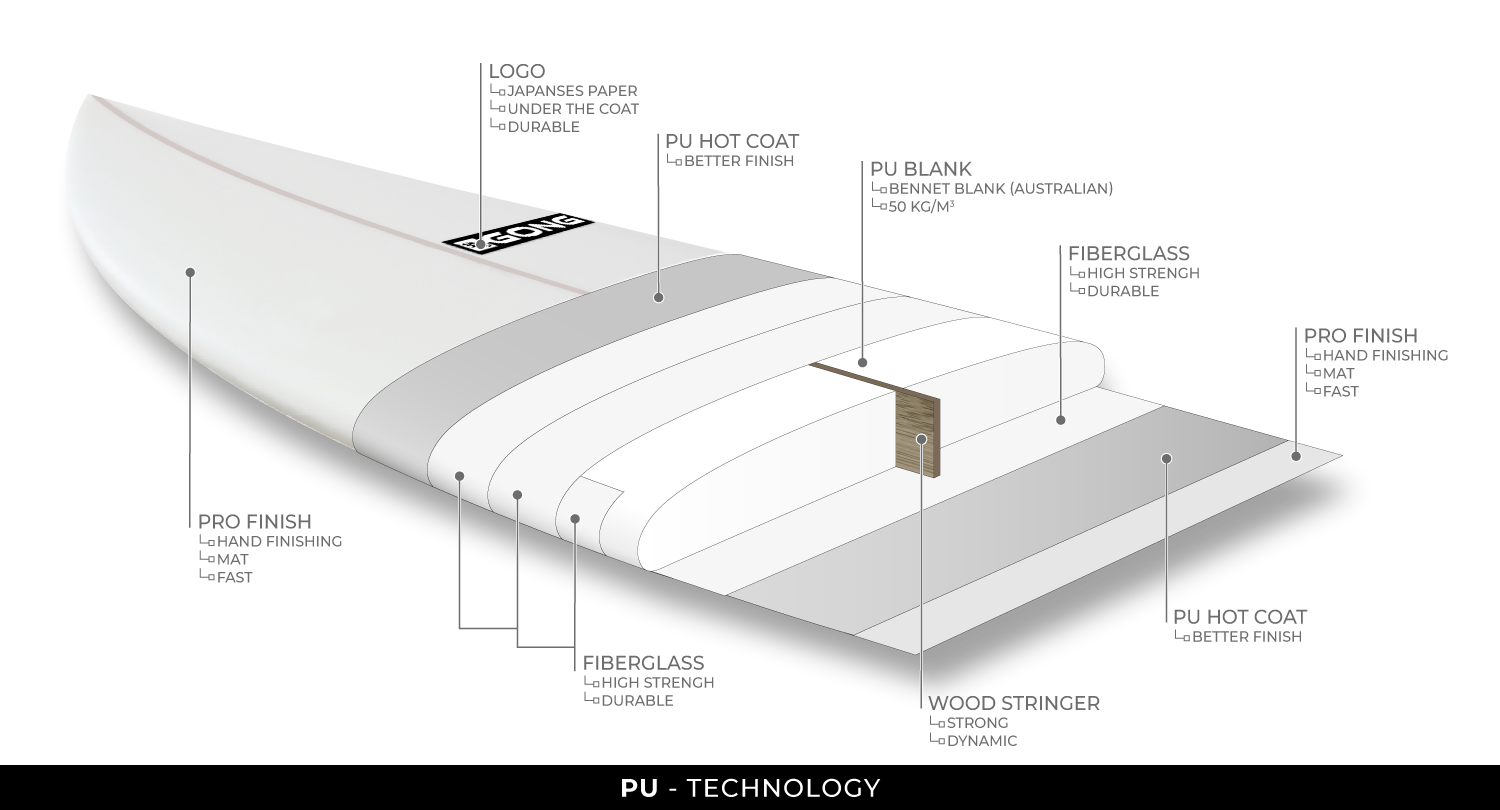
The hot new tech is EPS. Known and exploited for decades in other sports, it is finally making its place in the world of surfing. Overall it’s like PU but lighter and more lively. It can therefore be reinforced more than a PU at equal weight. And that’s a real plus. The board is dynamic because the epoxy resin is more lively than the polyester resin. Lighter and more solid, so a super techno that remains pretty with its material effects and the visible foam blank under the transparent fiber.
The monolithic EPS is light, dynamic with a lot of responsiveness, and strong. On the other hand, the repairs take longer (24 / 48h) and the foam blank soaks water if the stratification is damaged. Its price is accessible.

The techno of the future in surfing is obviously the sandwich. Clearly, it’s like the EPS techno but we add a shell of a super strong material all around the foam blank. The board is nervous, very solid, waterproof to all common dings, but also very expensive and complicated to manufacture.
We have developed a transition technology between EPS and the Airex sandwich called WCKF. This wood sandwich is easier to build, and therefore less expensive than PVC foam sandwiches. It’s also a little less light and a little less reactive than an Airex sandwich. But for this medium board program, our WCKF techno is great because it is super strong, relatively light, and at a very reasonable price.

In short: EPS for a performance board, and WCKF for the less meticulous surfers.


